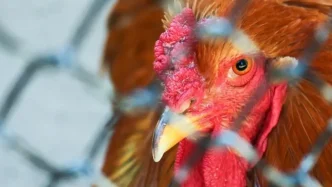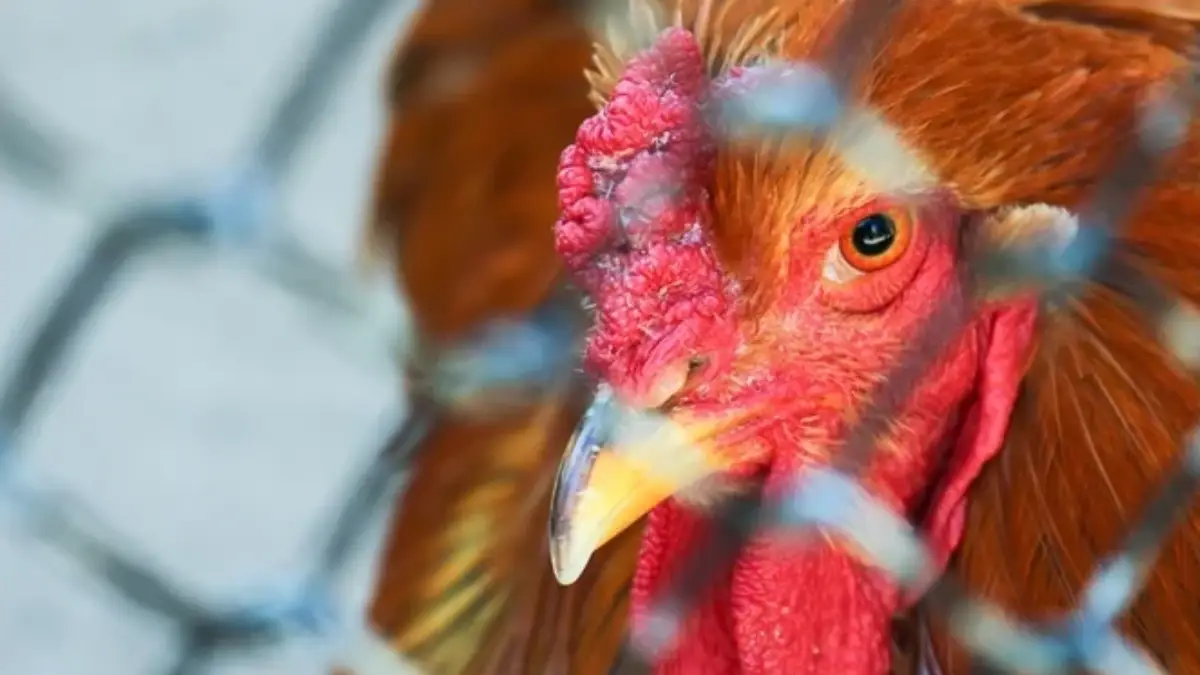Cambodia is grappling with a concerning resurgence of H5N1 bird flu, with ten cases reported so far this year, raising alarms among health officials and communities alike. The outbreak, primarily linked to contact with infected poultry, underscores the persistent threat of avian influenza in a region heavily reliant on small-scale farming. As authorities scramble to contain the spread, questions loom over the adequacy of public health measures and the potential for wider regional impact.
A Troubling Trend in Human Infections
The Cambodian Ministry of Health has confirmed ten human cases of H5N1 avian influenza in 2023, a significant uptick compared to previous years. According to reports from the Asian News Network, these cases have been detected across multiple provinces, with a notable concentration in rural areas where poultry farming is a livelihood staple. The virus, notorious for its high mortality rate in humans, has historically posed a sporadic but deadly risk, often transmitted through direct contact with infected birds or contaminated environments.
Health officials have noted that most of the affected individuals had direct exposure to sick or dead poultry prior to falling ill. Symptoms typically include severe respiratory distress, fever, and fatigue, with rapid deterioration in severe cases. While human-to-human transmission of H5N1 remains rare, each outbreak reignites fears of a potential mutation that could enable easier spread among humans, a scenario that could precipitate a global health crisis.
Rural Vulnerabilities and Public Health Challenges
Cambodia’s rural communities, particularly in provinces like Siem Reap in the northwest and Sihanoukville in the south, are disproportionately affected due to their reliance on backyard poultry farming. Many households keep chickens and ducks in close proximity to living spaces, creating ideal conditions for zoonotic transmission. Limited access to veterinary services and biosecurity measures exacerbates the risk, as infected birds often go undetected until humans exhibit symptoms.
The Cambodian government, in collaboration with international partners like the World Health Organization (WHO), has initiated response measures including culling of infected poultry and public awareness campaigns. However, enforcement of biosecurity protocols remains inconsistent, particularly in remote areas where resources are scarce. In 2023, the Ministry of Health emphasized the urgency of the situation, working tirelessly to educate communities on safe handling practices and to monitor poultry markets for signs of infection and since then efforts have continued to ensure safety standards and protocols were in place.
Experts warn that without sustained investment in rural health infrastructure, such outbreaks will continue to recur. The need for better surveillance systems is a constant requirement: early detection is the best defense.
Regional and Global Implications
The resurgence of H5N1 in Cambodia is not an isolated concern. Neighboring countries like Vietnam and Thailand, which share similar agricultural practices, have faced their own battles with avian influenza in recent years. Cross-border trade in poultry, often informal and unregulated, heightens the risk of regional spread. The Mekong Delta, a hub of poultry production spanning Cambodia, Vietnam, and Laos, is particularly vulnerable to becoming a hotspot if containment efforts falter.
Globally, the specter of H5N1 looms large due to its potential to evolve into a pandemic strain. While current cases show no evidence of sustained human-to-human transmission, scientists remain vigilant. The WHO has reiterated the importance of international cooperation in monitoring and responding to avian influenza outbreaks, urging countries to share data on viral strains to aid vaccine development. A recent WHO report cautioned, “The risk of a pandemic remains low but real, and every case must be treated as a warning”.
Economic and Social Fallout
Beyond the immediate health threat, the outbreak carries significant economic implications for Cambodia. Poultry farming, though often small-scale, is a critical source of income and food security for millions of rural households. Mass culling of birds, while necessary to curb the virus, can devastate livelihoods, pushing already vulnerable families into deeper poverty. Compensation programs for affected farmers exist, but payouts are often delayed or insufficient, with some reporting losses of up to 500,000 Cambodian Riel (~US$120) per flock culled.
Socially, the fear of H5N1 has begun to alter community behaviors. In affected areas, markets have seen a sharp decline in poultry sales as consumers grow wary of potential contamination. Local vendors in Siem Reap reported a drop in demand by nearly 50%, with one farmer lamenting, “No one trusts our chickens anymore, even if they’re healthy”. This stigma, coupled with economic losses owing to the Cambodia and Thailand border dispute, risks undermining trust in the government.
Government and International Response
In response to the outbreak, Cambodian authorities have ramped up surveillance at poultry markets and border checkpoints, aiming to intercept infected birds before they reach urban centers. Vaccination campaigns for poultry, though not universally implemented, have been prioritized in high-risk zones. The government has also partnered with international donors to secure antiviral medications and protective equipment for healthcare workers, though distribution remains a logistical challenge.
The WHO and the Food and Agriculture Organization (FAO) have pledged technical support, including training for local veterinarians and funding for rapid testing kits. However, some critics argue that these interventions are reactive rather than preventive, pointing to the need for long-term strategies such as subsidized biosecurity training for smallholder farmers. A recent FAO statement underscored this gap, noting, “Sustainable solutions require empowering communities with knowledge and tools to protect themselves”.
Looking Ahead: Can Cambodia Contain the Threat?
As Cambodia battles this latest wave of H5N1 infections, the road to containment remains fraught with challenges. Strengthening rural health systems, improving access to veterinary care, and fostering regional cooperation are critical steps to mitigate the risk of future outbreaks. Yet, with limited resources and a reliance on international aid, the country’s ability to implement these measures on a wide scale is uncertain.
For now, health officials are urging vigilance among farmers and the public alike, emphasizing the importance of reporting sick birds and avoiding direct contact with potentially infected animals. As the number of cases climbs, the stakes for Cambodia—and the wider region—could not be higher. Will these efforts be enough to avert a broader crisis, or are we witnessing the early stages of a more persistent threat?















